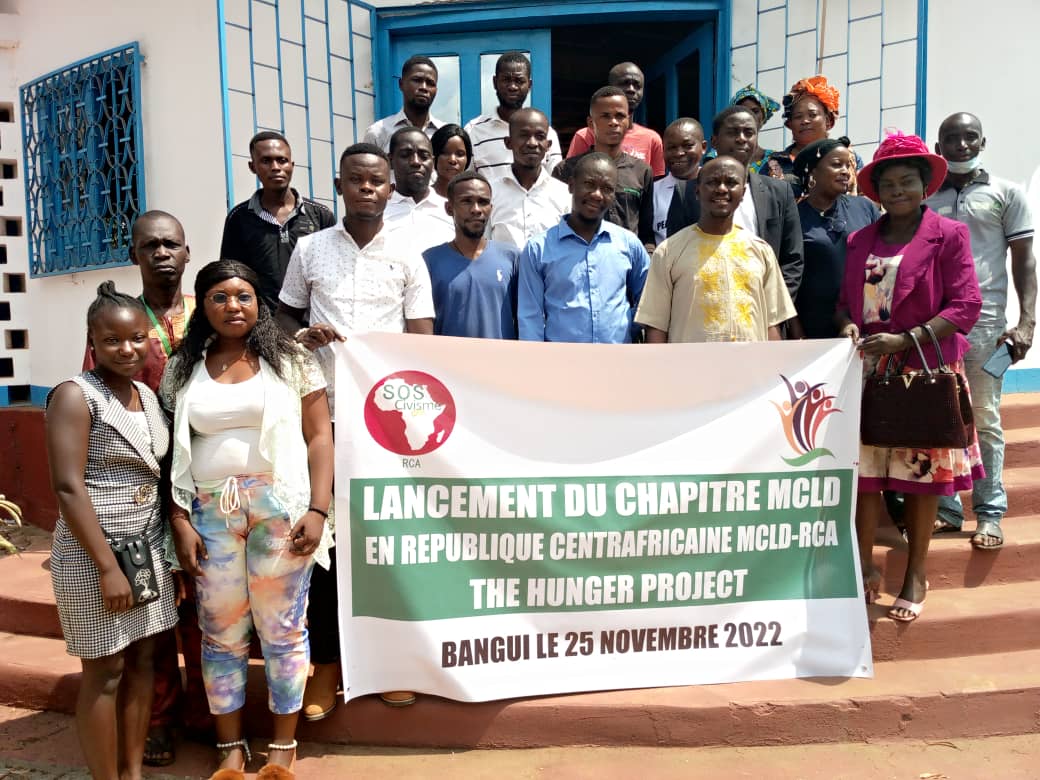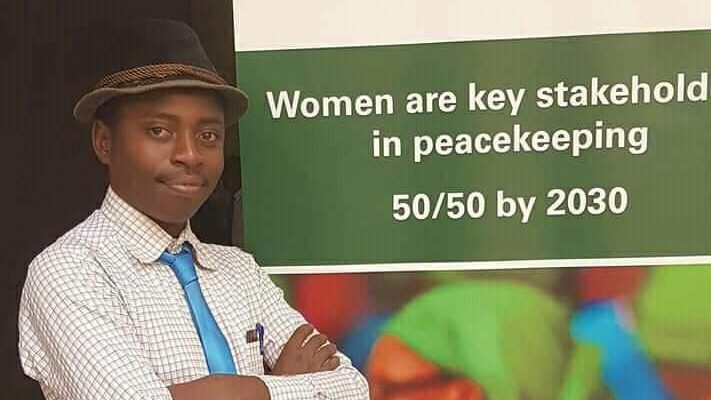About MCLD in the Central African Republic
In November 2022 under the leadership of the Organization SOS CIVISME RCA, Central African civil society organizations officially launched the MCLD chapter in the Central African Republic.
Current Initiatives
MCLD in CAR is focused on community engagement and social mobilization. Their vision is to develop advocacy actions to amplify community voices and promote space for community initiatives to succeed.
Get to Know Us
Strategic Plan
Recent Stories
Members
Photo Gallery






